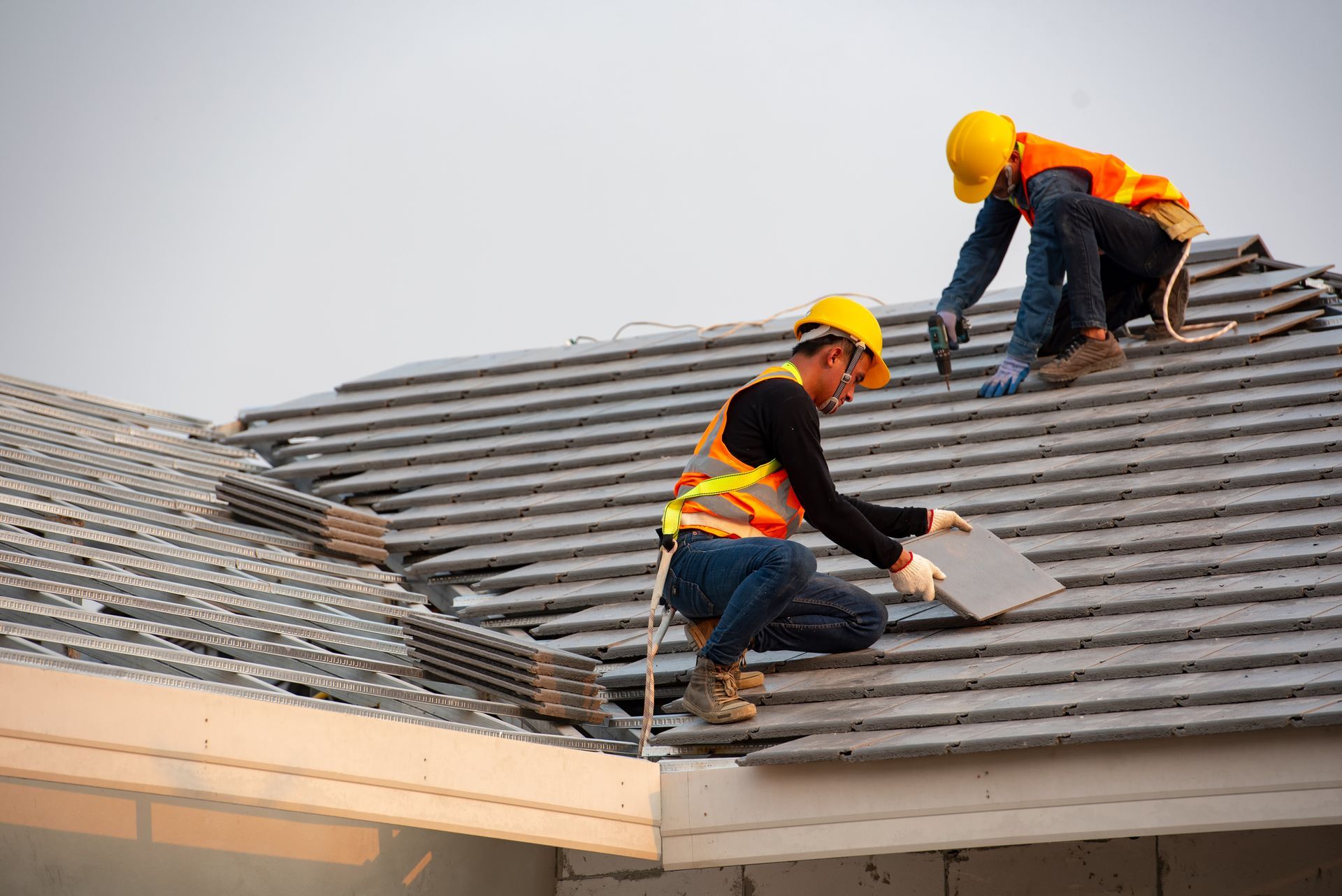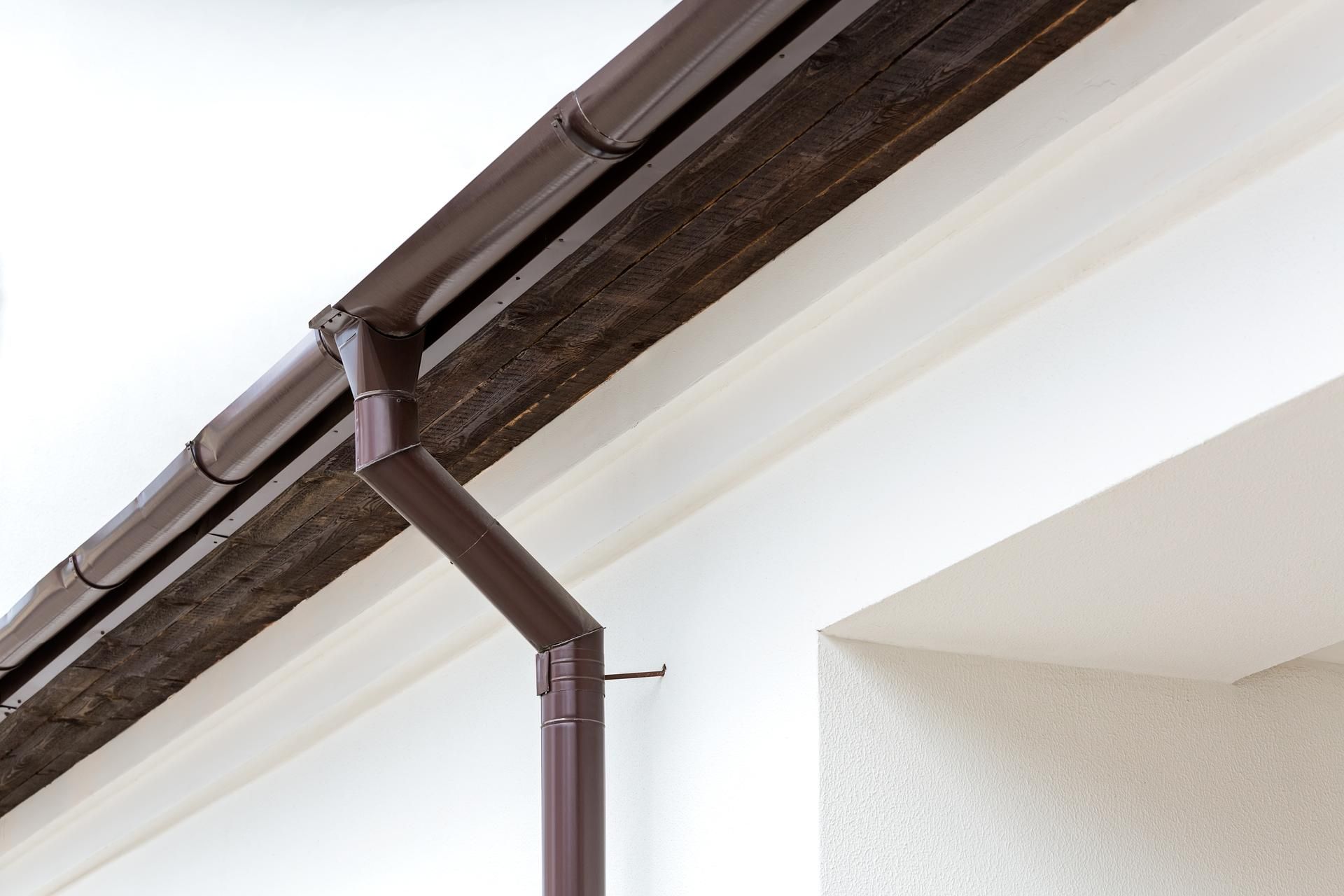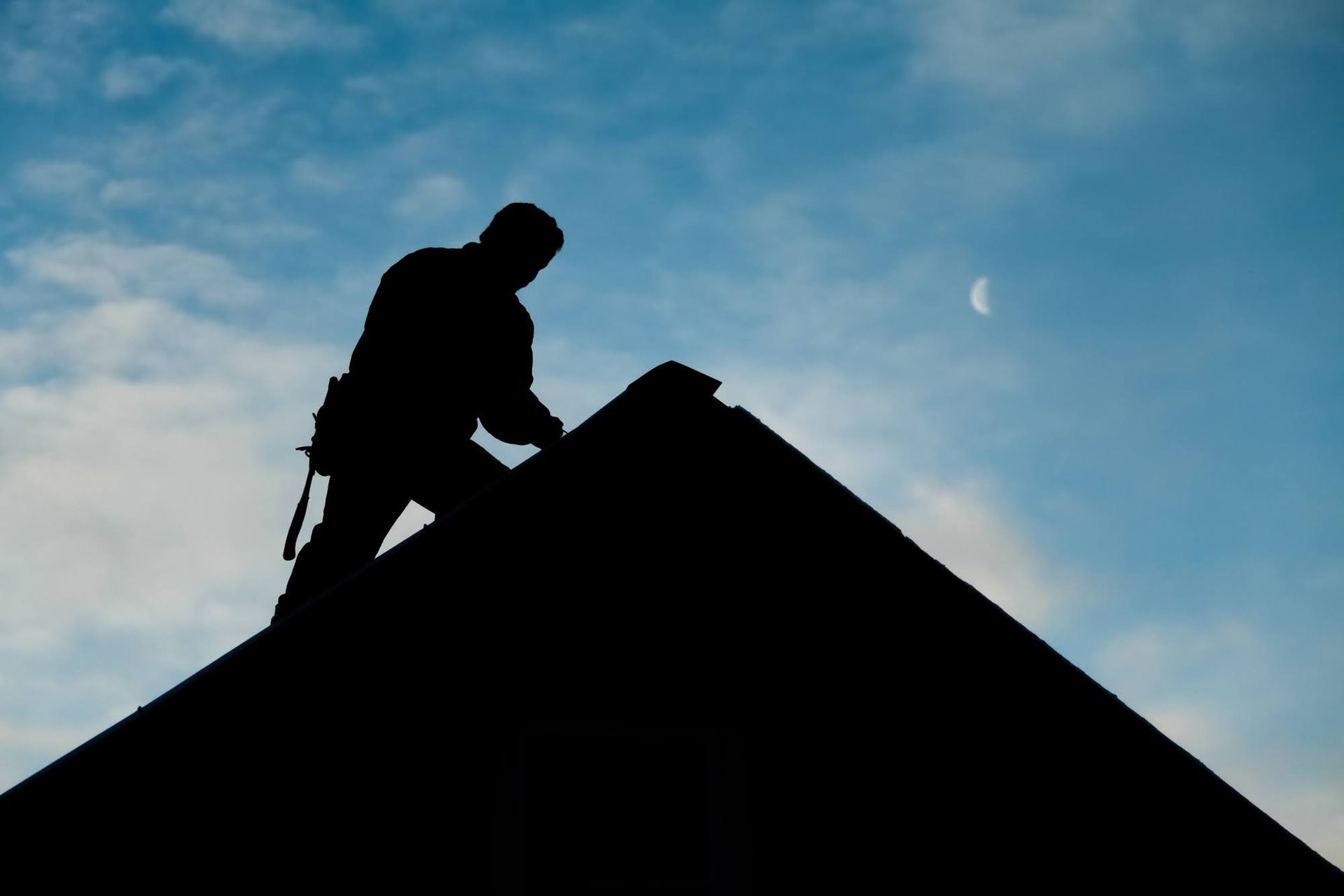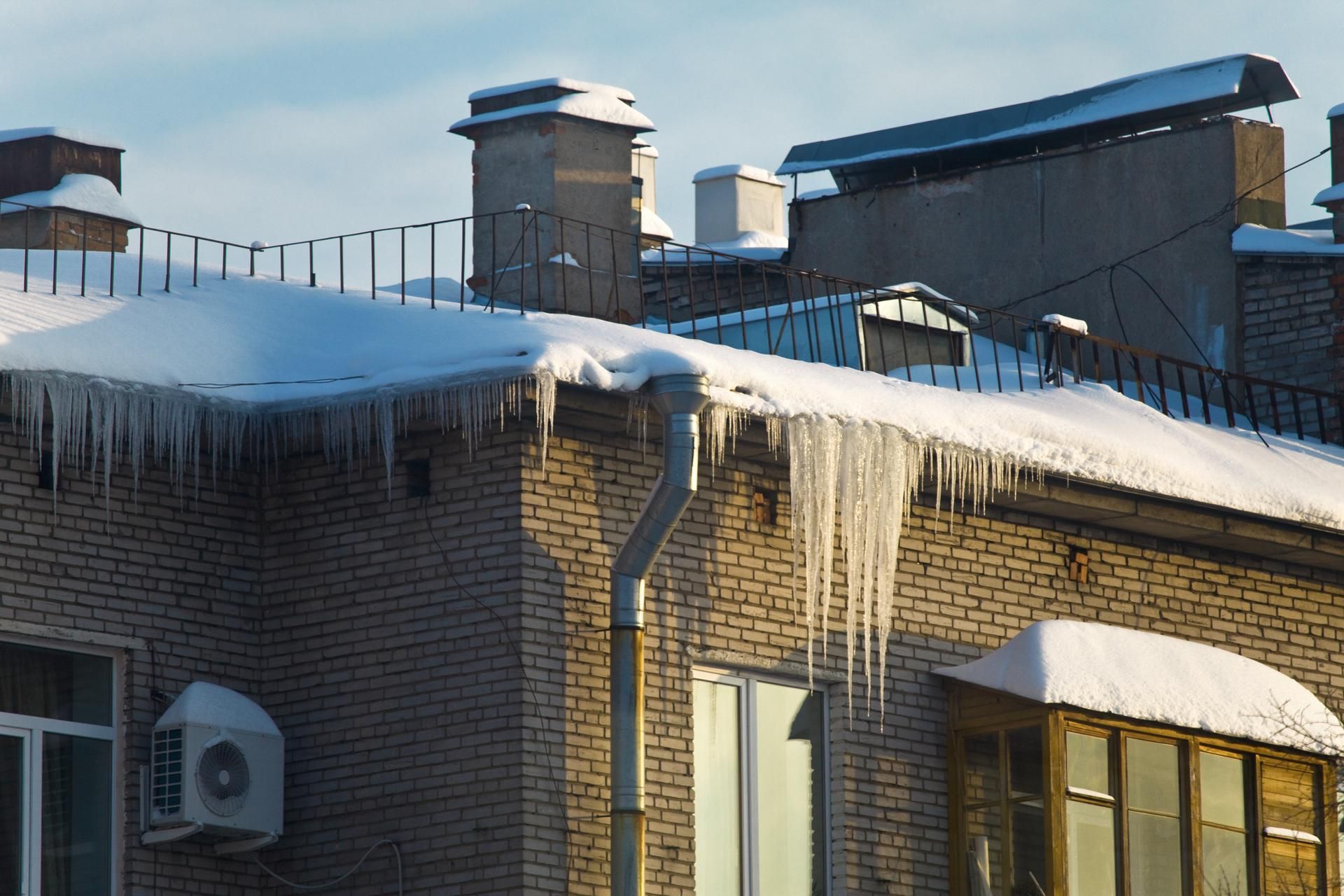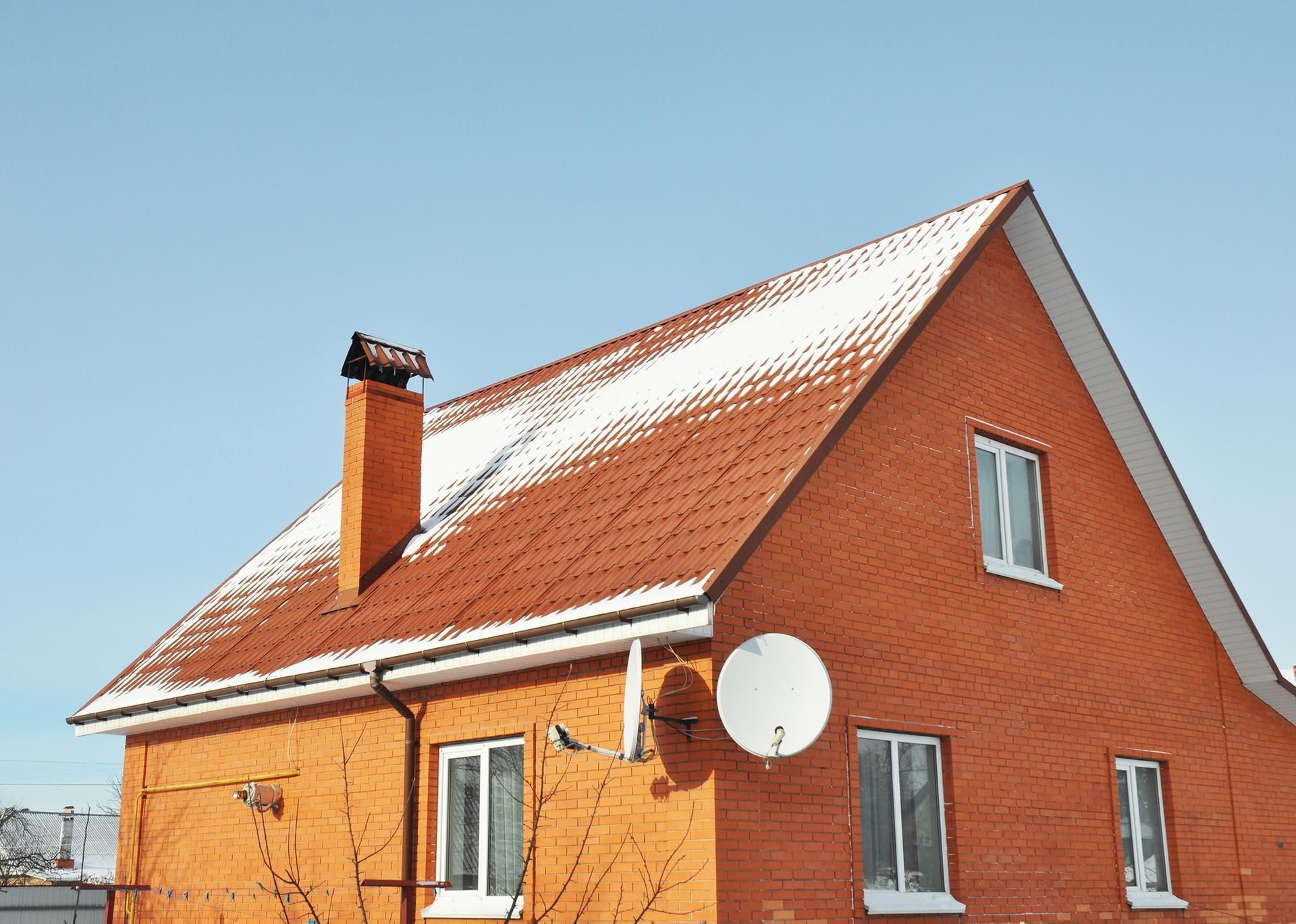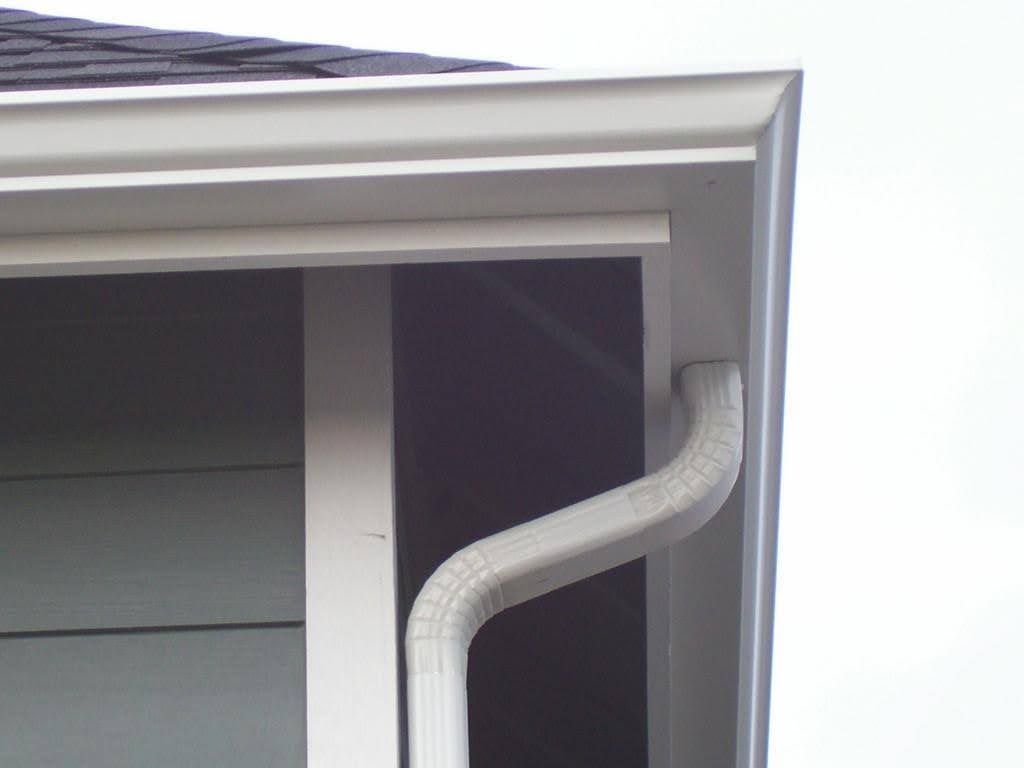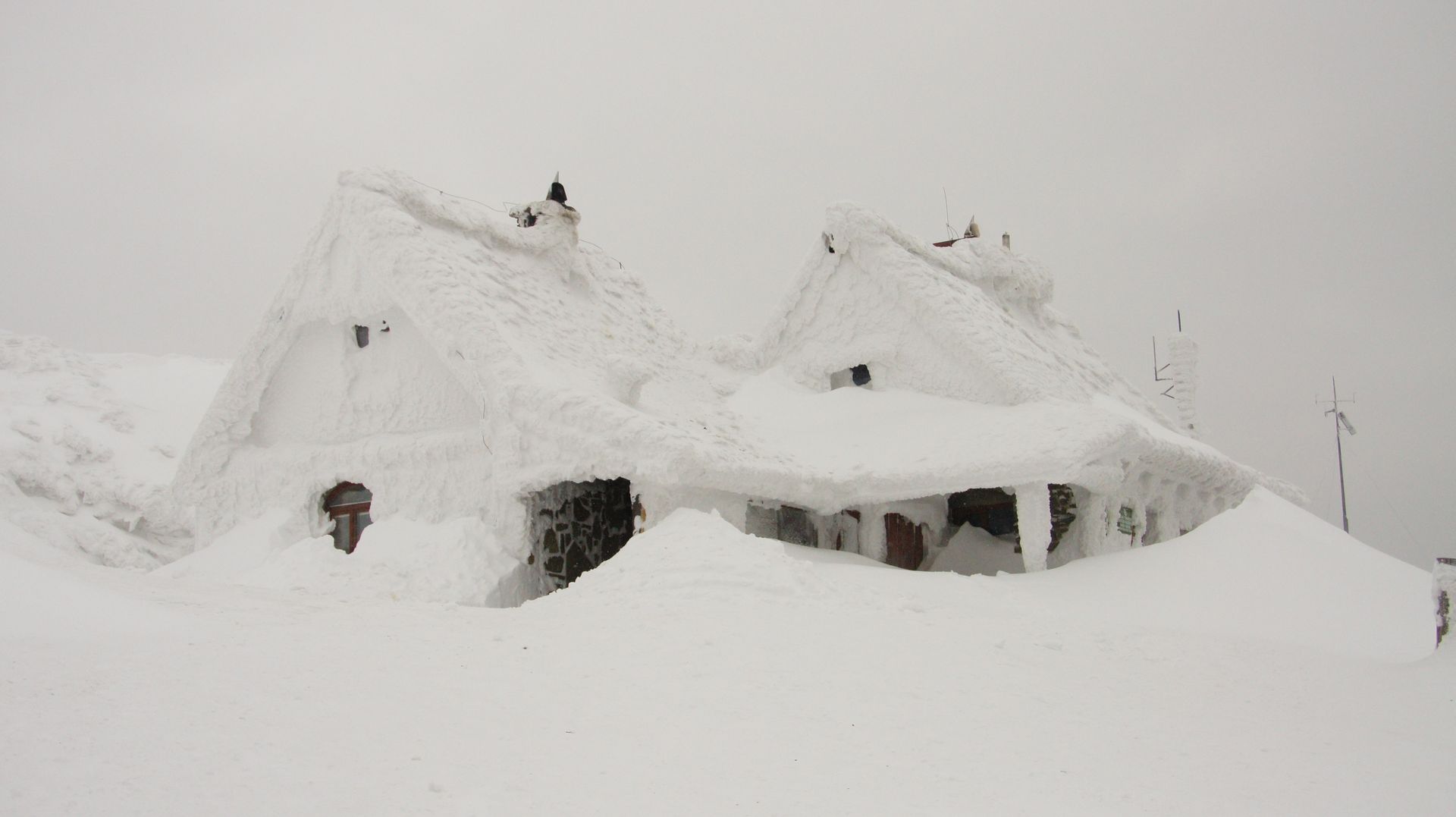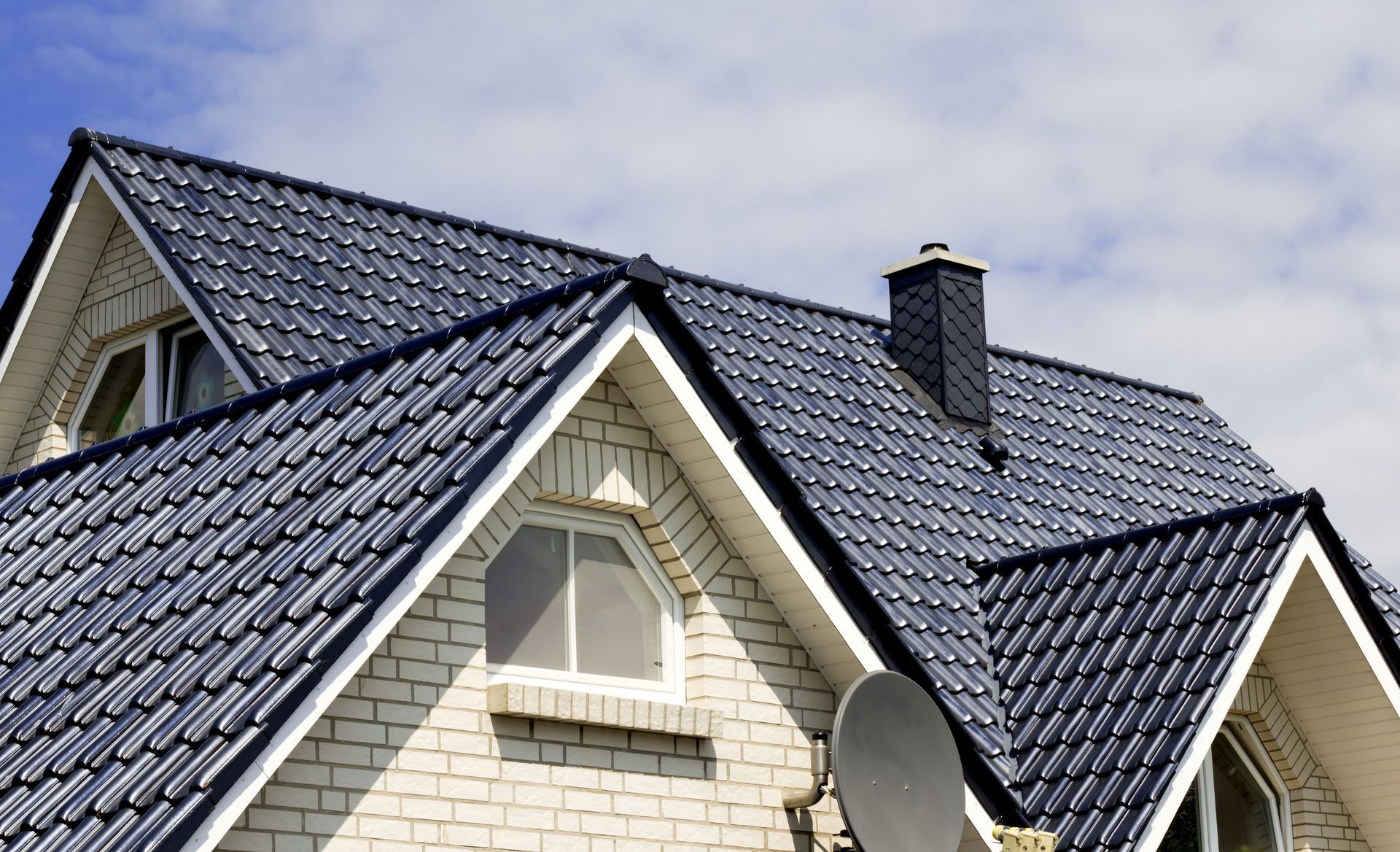7 Warning Signs Your Flat Roof Is Failing
Flat roofs are popular but also susceptible to problems. Therefore, you should inspect your roof to ensure it's in excellent condition. Regular inspections help you identify issues before it's too late. Below are seven warning signs you should be wary of.
1. Water Puddles
Water pooling happens due to improperly installed roof drains, poor roof design, an uneven roof slope, or old age. Therefore, water pooling suggests that your flat roof has flaws that need fixing.
Water puddles can exert unnecessary stress on your flat roof, causing it to crack or shift over time. Your roof shifting can also cause more water pooling to form. You shouldn't ignore water pooling issues because they can cause water intrusion or shorten your roof's lifespan.
2. Water Leakage
Flat roofs have designs that put them at risk of water leaks. Apart from the design, flat roofs can leak due to poorly installed membranes. The poor workmanship will show after some time.
Aging roof membranes can also trigger water intrusion due to their fragile nature. The membranes wear out quickly from exposure to the sun's UV rays. The UV rays cause the membrane to split and blister, leaving spaces for water intrusion.
Damage to the roofing material is also a primary cause of roof leaks. Mechanical and physical impacts cause punctures and subsequent leaks to your flat roof.
3. Plant Growth
Flat roofs shouldn't have organic growth unless you have a rooftop garden. The presence of algae, moss, and lichens is a clear sign that your roof needs attention.
Plants growing on your roof indicate that your roofing material is retaining water or that your roof has a water-pooling problem. You shouldn’t ignore organic growth because it might cause severe damage to your flat roof.
4. Bubbling and Blistering
Bubbling and blistering problems are common in flat roofs with membranes. Bubbles and blisters form after air or moisture gets trapped between the membrane, roof deck, or roofing layers.
The bubbles and blisters might seem minor, but they'll get worse over time. The sun's heat causes the air and moisture pockets to expand and possibly burst or crack. Once the membrane cracks, water intrusion can occur, creating more problems for your roof.
5. An Exposed Undercoat
Some flat roofing systems have multiple layers for protection. The outer layer is tough and weather-resistant. However, the outer layer can wear or pull away, exposing the undercoat and the undercoat is more vulnerable to the weather.
An exposed undercoat indicates that your flat roof is failing and needs fixing. Leaving the undercoat exposed can ruin your roof or cause more problems.
6. Loose Fasteners
Roofers use fasteners to keep the membrane attached to the roof. These fasteners can loosen up due to aging, harsh weather, or temperature changes.
Protruding roof fasteners and a bumpy-looking flat roof are signs of loose fasteners. You can re-secure or reattach loose fasteners, but you shouldn’t ignore loose or missing fasteners because they allow water to penetrate the flat roof membrane.
7. Membrane Problems
Many flat roofs rely on a protective membrane to guard them against UV and water damage. Over time, the membranes lose efficiency and become worn out, preventing them from adequately protecting your roof and building.
Regular flat roof inspections can help identify membrane problems, such as cracking, bubbling, and rupturing. If you reside in an area with high winds, you should check whether the membrane is loose.
By identifying the signs of a failing flat roof early, you can prevent costly repairs. So if you suspect your flat roof needs attention, don't hesitate to reach out to United Roofing. Get in touch with us today to schedule an inspection.



